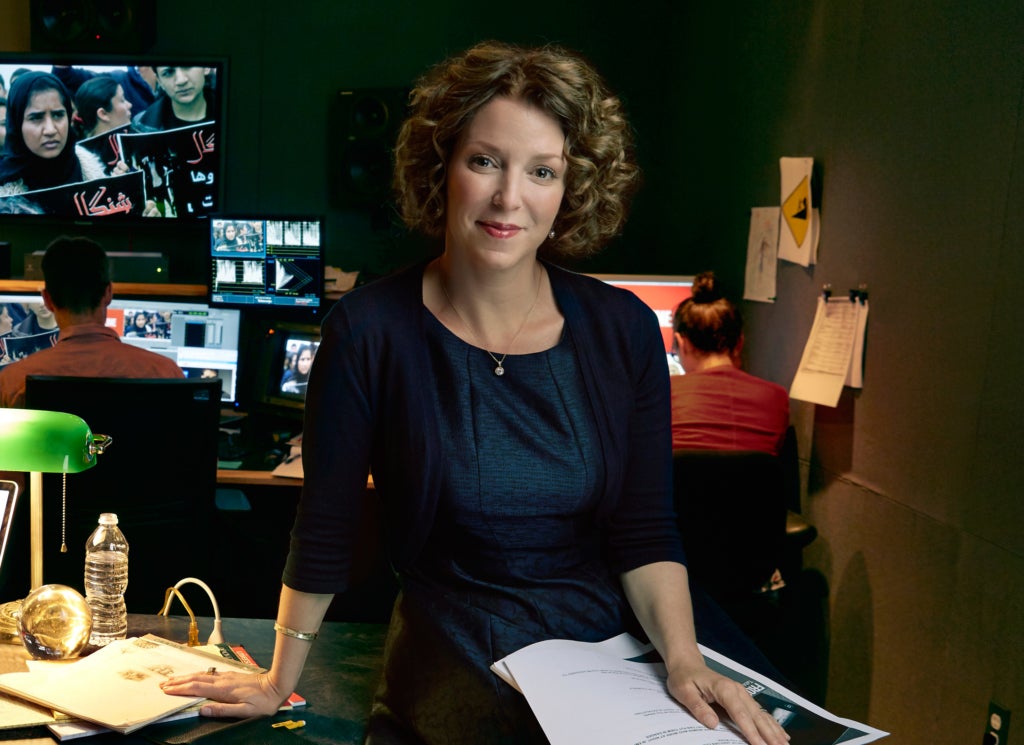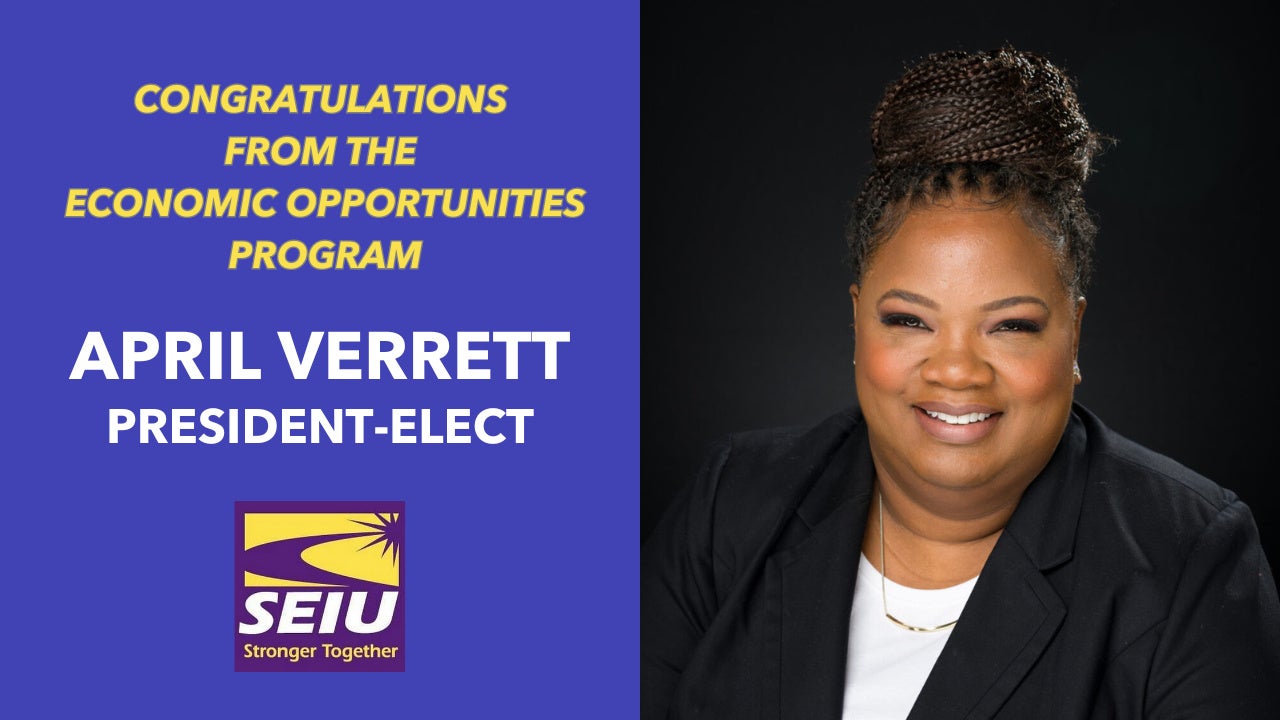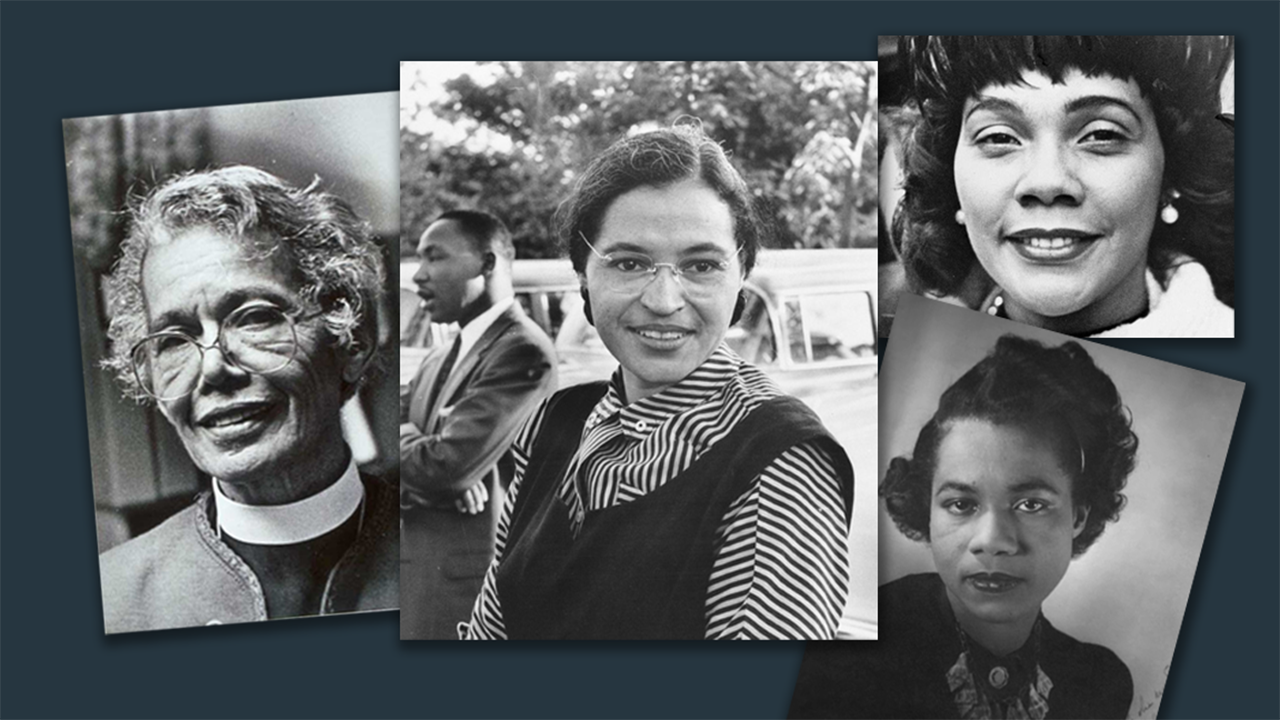
FRONTLINE Executive Producer Raney Aronson-Rath (Photo Credit: Jonas Fredwall Karlsson)
Raney Aronson-Rath is executive producer of “FRONTLINE,” PBS’s flagship investigative journalism series. She spoke at Spotlight Health on June 28th on a panel called “Immersive Storytelling: The Power of Virtual Reality.” We caught up with Aronson-Rath and asked her to explain how “FRONTLINE” is adapting to a changing media landscape, and offer advice on mentorship.
“FRONTLINE” has had a dedicated fan base for decades. How do you keep those loyal viewers and engage millennials as you move forward with an enhanced digital video strategy?
Raney Aronson-Rath: Today, we meet our audience where they are rather than expecting them to always find us. This philosophy has helped extend our footprint, impact, and journalism in exciting and transformative ways. Our loyal broadcast viewers have stayed with us as we’ve grown exponentially across platforms. Last year we had over 20 million unique visitors to our website — and we’re up nearly 3,000 percent on YouTube, 88 percent on Facebook, and 1,000 percent on Instagram.
The key to retaining our loyal viewers while also attracting new audiences is that everything we produce carries FRONTLINE’s storytelling sensibility and journalistic standards. What matters to us – important authentically-told stories – matters to all our audiences.
In the digital space, the audience engagement field increasingly plays a role in influencing what kinds of stories news outlets produce and promote. How does “FRONTLINE” approach this? Will there be a day when your audience helps to decide the kind of stories your show produces?
RA: As journalists, we are always listening, curious, engaged with and reporting in the world at large. Take our documentary “Policing the Police,” — we knew it would resonate right now in America. In that sense, we are responding to our audience by producing investigative journalism that can’t be found anywhere else. This could be said for all the “FRONTLINE” films our directors make — to name just a few from this season –“Netanyahu at War,” “The Secret History of ISIS”, “Chasing Heroin” and “Inside Assad’s Syria.”
The key to our success is that we actively partner closely with our audience team. Our senior director of audience development, Pam Johnston, attends our senior editorial meetings and publishing strategy sessions. We are in constant dialogue about our editorial priorities and future projects so she can think smartly about how to engage with our audience across all platforms. So, for us, in so many ways, listening, paying attention to the world, and understanding our audience is part of our overall mission as investigative journalists and storytellers.
“FRONTLINE” has been venturing into new territory lately, most notably via interactive and virtual reality films. How, and why, did you decide to work in these new spaces and in these new forms?
RA: My interest in Virtual Reality (VR) films began for me when I began a fellowship with MIT’s Open Documentary Lab. It was a profound experience to be on MIT’s campus one day a week and to enter a new world of storytelling where breaking convention and traditional methods were expected. This was deeply challenging and inspiring.
I was already having a similarly challenging (and yes inspiring!) experience at home.
My daughter Mira’s first media experience was with the first generation iPad more than five years ago. Her speech therapist used this with her to encourage her to talk as she was speech delayed. I watched as she immediately navigated the iPad naturally, with such ease. She delighted in being immersed in and having control over her media — she was engaged deeply in what she was learning and felt purpose.
Her second media experience was with television one year later. She tried to touch it and approach it as she had with her iPad but was frustrated when she was told not to touch the screen. She was two-years-old, and she stomped her feet and looked at me in disbelief. She had distinctly different expectations from her media and was certain she was right to feel that way.
I had, of course, been witnessing how technology was changing the media landscape, but watching Mira so many years ago now drove this lesson home like nothing else. In that moment, Mira challenged me to think deeply about how we were going to adapt our storytelling to this new world. I felt a sense of urgency.
At MIT, all the fellows had to pick a project to focus on. As a filmmaker, I could see the potential of virtual reality and chose that as the medium I wanted to explore further. I quickly saw this as a new horizon for us, and building on the fellowship, we secured a funding stream for “FRONTLINE” to pursue virtual reality films. Since then, we have committed to this space in a meaningful way. We have already published four VR films that are all available on Facebook in their 360 player, and eight more are in production.
VR is just one example of how we’ve expanded our storytelling capabilities. Another area we are exploring is the digital interactive space. We now have a small team that works collaboratively with our reporters and editorial staff to find stories and investigations that are particularly suited to interactive storytelling.
You talk often and publicly about the importance of mentorship. What are some key pieces of advice you would give to young people entering the workforce today as they look for a mentor? And what advice would you give seasoned executives to be effective mentors for a new generation of employees?
RA: Before finding a mentor, I feel it’s essential to really find your own calling and passion. From my experience, this will become a guiding bond in this kind of relationship. Be curious, and engaged — and push yourself actively. Be as good as you can at what you love to do and you will certainly get a mentor’s attention.
I found my way to “FRONTLINE,” and my mentor, as a young emerging filmmaker when I was given the extraordinary opportunity to make documentaries by David Fanning, the founder and long time executive producer of “FRONTLINE” (he is now executive producer at large). From that point on, I had the opportunity to learn from David — the best storyteller I’ve ever known. He mentored by showing me how to tell stories in countless edit rooms and including me in the discussions of how to make films better. I listened, watched, and studied his methods. Most of all he taught me to listen to myself and to my own instincts. He also had very high expectations of me — and created a space for my voice at the table. I think inspired mentors are people who help and demand more of you so you reach your greatest potential.
As a leader, I believe it’s important to have an open door with your staff. Those who want to learn and to grow in their careers, will walk through that door and into your life. I encourage people to come and seek me out at FRONTLINE with good ideas, curiosity, and drive. I have found this exchange to be as helpful to me as it is to them, reinforcing my firm belief that mentorship goes in both directions. This exchange of ideas has led to such a vibrant and vital cross-generational conversation that drives much of our innovation and ability to adapt in the ever-changing media landscape.

